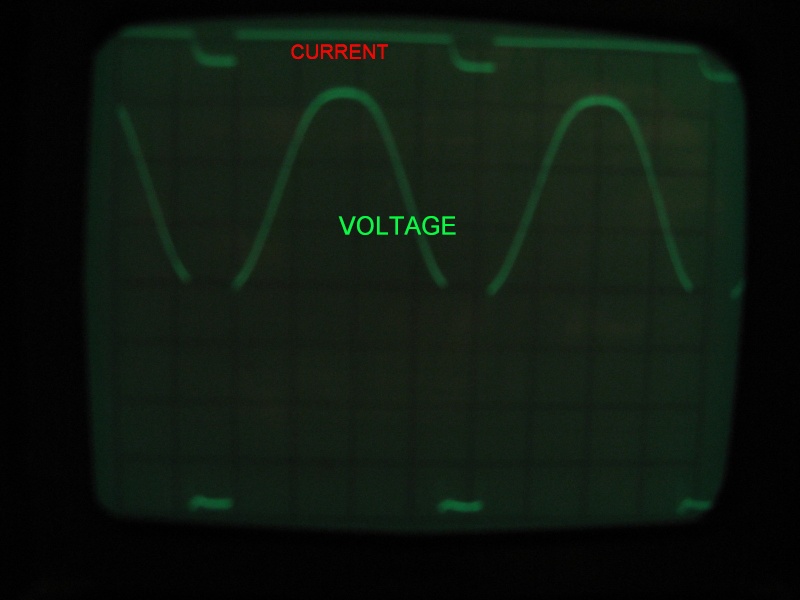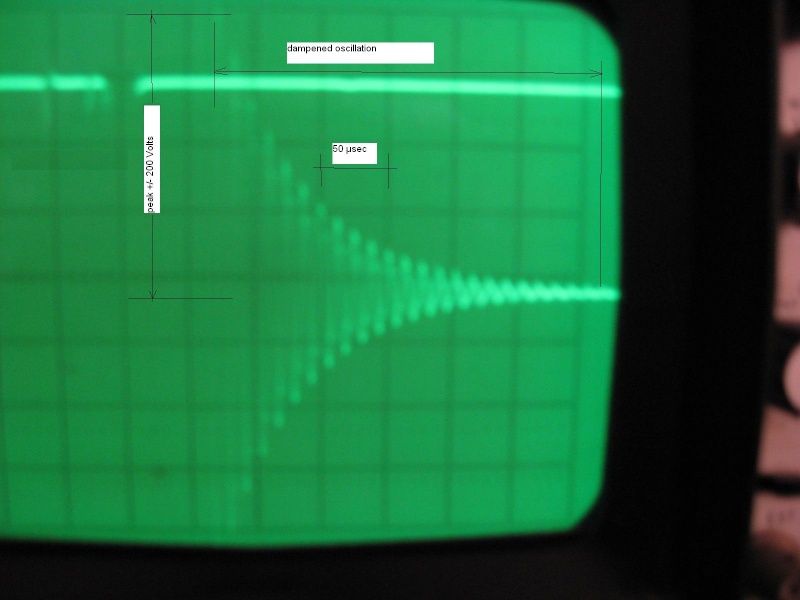Hi j greef,
Thanks for your answer !
I have to say I am not an expert on electronics and do not have much experience in the experimental field of it.
I am a civil engineer in Construction (Road & Water Buildings, Stockholm), but have done my career almost entirely in the IT-Business.
I do have some insight in physics and mathematics on that level and am interested in the workings of our physical universe (from micro to macro cosmos) among other things (potential other 'universes' -emotional, mental .....).
Back to our problem.
I looked at Tom's post and it said:
"It measured 54.1 mH inductance with 46.6 ohms in series at 1kHz"
I think I have seen somewhere that the inductance varies (linarly) with the frequency.
In his case it was 1kHz. In your case it was around 65kHz.
I am not sure but I guess that L is directly proportional to the frequency, so
for 65K L would be 65 times higher and so does the voltage according to your formula.
Is that right or am I out on a limb here ?
The other interesting thing is the current during the spike (and dampening time).
Have you any clue of what it could be ?
The high voltage spikes could as I mentioned cause potential damage to the instruments, but
I do not have the complete picture here.
There are ways to eliminate them, but on the other hand I have to measure them syncronously with the current in order to get the correct input energy result.
If the current during the spike time is inversed proportional to the voltage (which I doubt) then the energy during the peak would be roughly equal to the energy of the remainder of the duty cycle and give a contribution which is small (spiketime/dutytime), in the order of 5 %.
In that case it would be possible to live without measuring the spikes to get a good enough reading of the input energy.
Otherwise the energy-spike contribution would be very significant and must be measured.
I am stuck here. Do you or anybody else have a clue how to deal with this ?
Here is the link to the company that has the perfect software for Data Acquisition and Playback and complementary Hardware (check them out):
http://www.dataq.com/And a direct link to the software WinDaq (there are videos showing its functionality):
http://www.dataq.com/products/software/acquisition.htm






 [url][/url]
[url][/url]
